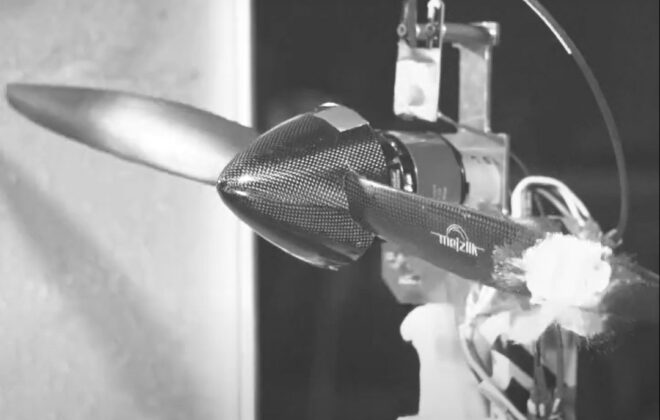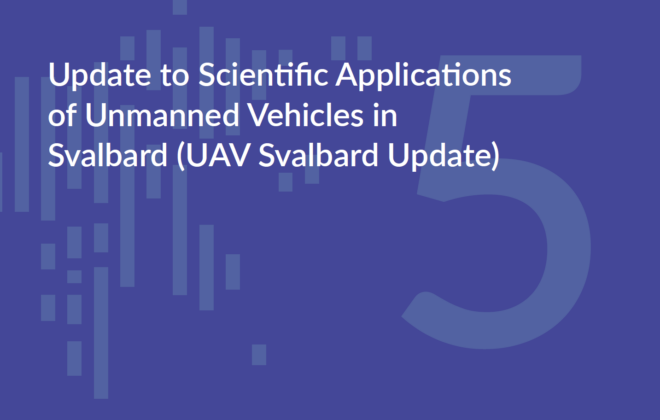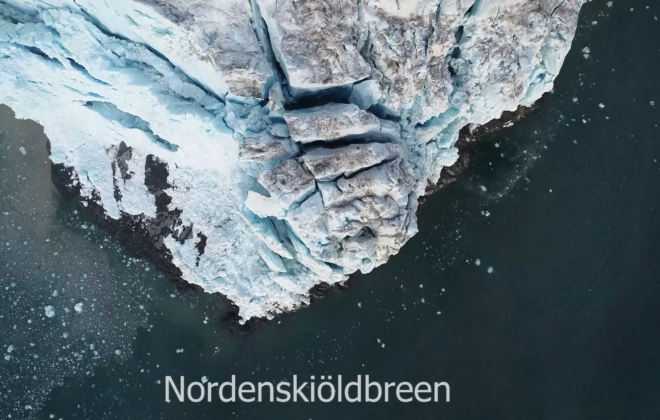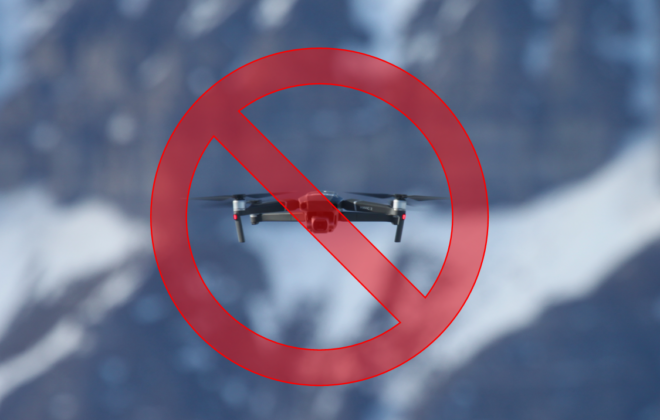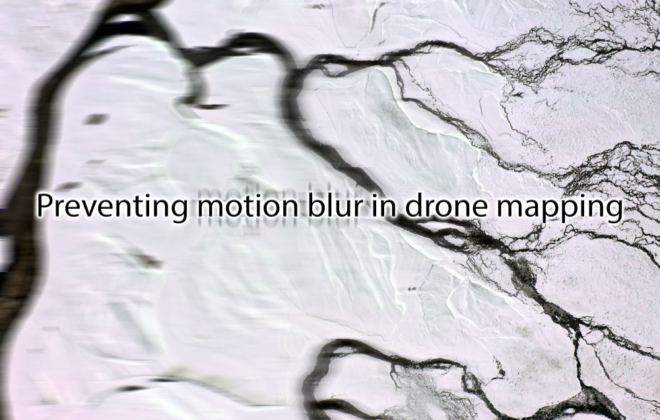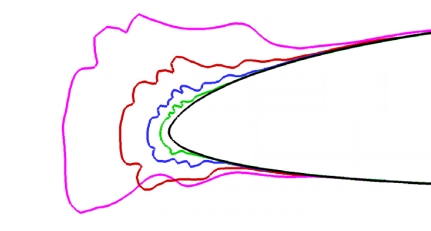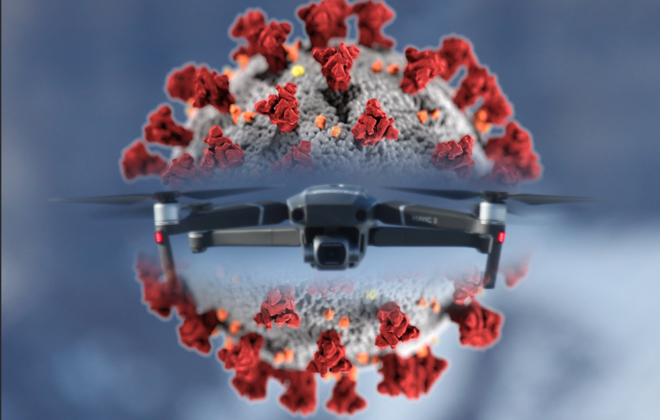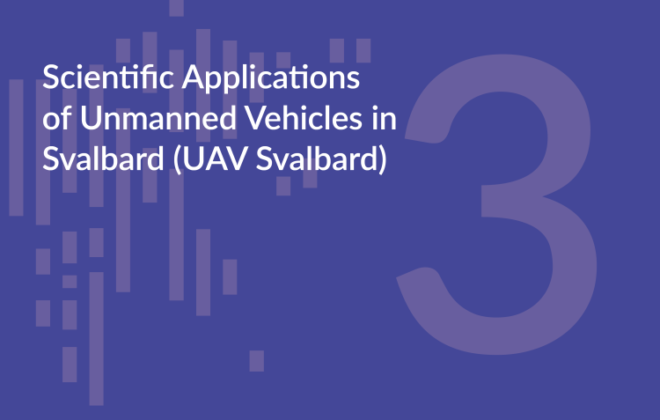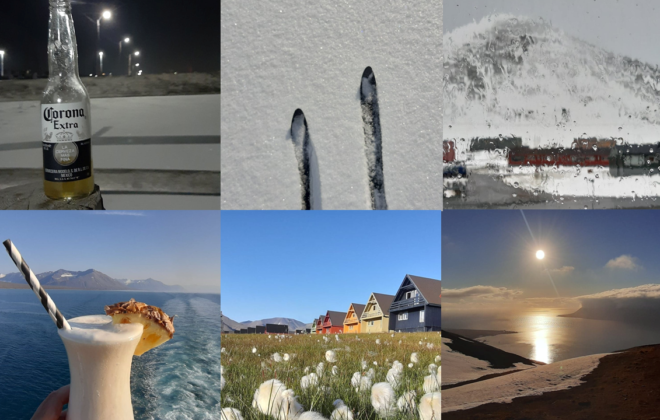Can ice fragments destroy a UAV propeller?
In one of our recent icing wind tunnel experiments, the NTNU UAV Icing Lab investigated if ice fragments are a hazard to UAV propellers. The resulting high-speed video footage shows the moment ice impacts the propeller blades. Here is a small preview of the footage….
More on How Unmanned Vehicles are used for Science in Svalbard
Today a report on the State of Environmental Science in Svalbard (SESS) was released during the SIOS Polar Night Week in Longyearbyen. It is the fourth issue of an annual series of reports published by the Svalbard Integrated Arctic Earth Observing System (SIOS). I wrote a chapter…
Drone-mapping of Nordenskiöldbreen in Svalbard
Two years ago I went on an amazing fieldwork trip to map glacier crevasses in Svalbard with drones. We spend five days in Bruebyen and hiked to the glacier front of Nordenskiöldbreen. From there, I have been flying the drone over the impressive glacier while…
Are drones going to be banned from Svalbard?
A new legislative proposition threatens the use of aerial and marine drones in Svalbard. The proposal to the Svalbard Environmental Protection Act introduces a ban of drones in all protected areas in Svalbard. Scientific drone applications could be severely hurt by this regulation. I am…
Preventing motion blur in drone mapping
Motion blur is an unwanted photo effect that occurs when a picture is taken with a long exposure and rapid movements. In drone mapping, motion blur occurs when the drone is flying at a high speed while taking pictures. If the flight speed is high…
Are unmanned aircraft more sensitive to icing compared to manned aircraft?
My latest paper investigates the sensitivity of unmanned aircraft to icing in comparison to manned aircraft. Differences in airframe size and airspeed can lead to substantially different icing performance penalties. Think of a “normal” aircraft. Chances are that you are thinking of something that is…
How often do drones encounter icing conditions?
When I talk about my research, I often hear the following question: “How often do drones actually encounter icing conditions?”. This is a very good question – and until recently I had only vague answers. Usually, I would refer to two reports in the literature…
Coronavirus and Drone Research in Svalbard
A new article has published, to which I contributed. The paper describes the effect of the Corona pandemic on research activities in Svalbard. In the paper, I wrote about how the pandemic has affected drone missions that had been planned for a long time –…
How Unmanned Vehicles are used for Science in Svalbard
Today a report on the State of Environmental Science in Svalbard (SESS) was released during the SIOS Polar Night Week in Longyearbyen. It is the third issue of an annual series of reports published by the Svalbard Integrated Arctic Earth Observing System (SIOS). I wrote…
Impressions 2020
With the year coming to an end, it is a good opportunity to reflect upon the last 12 months. The year 2020 has certainly been a special year for all of us. For me, it certainly had some very special moments. It was a year…
